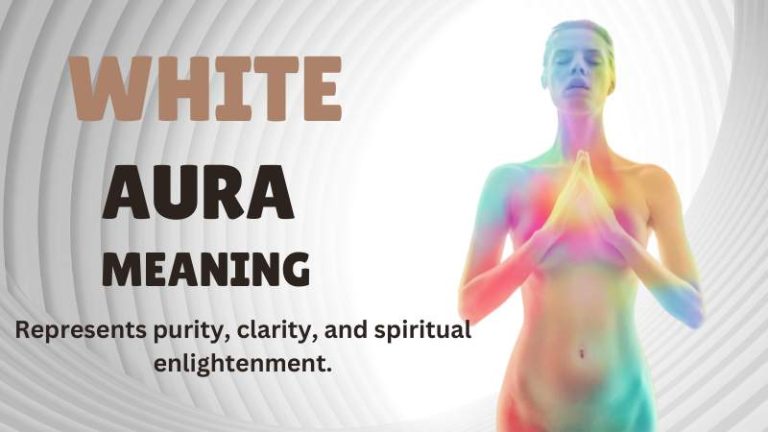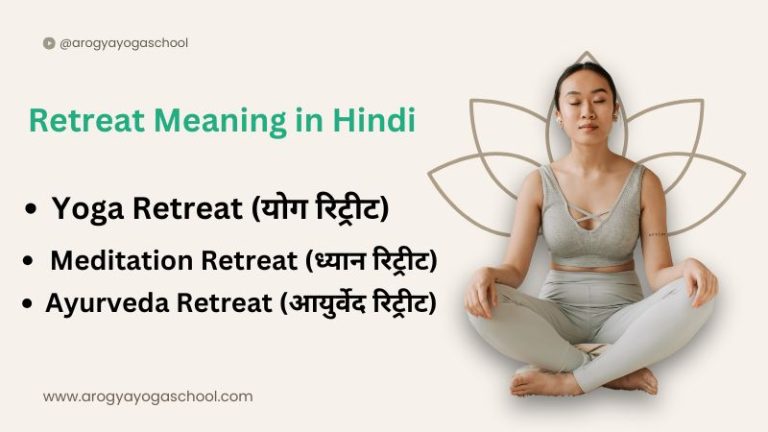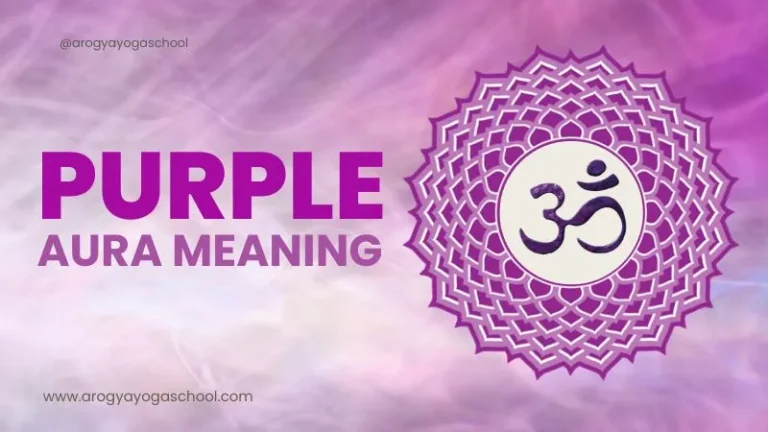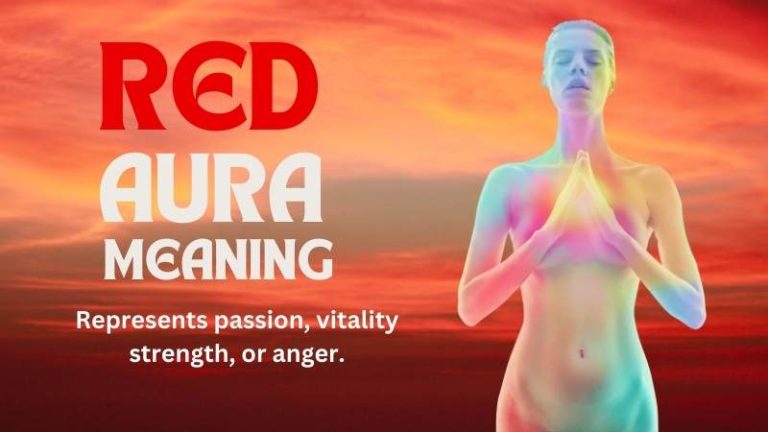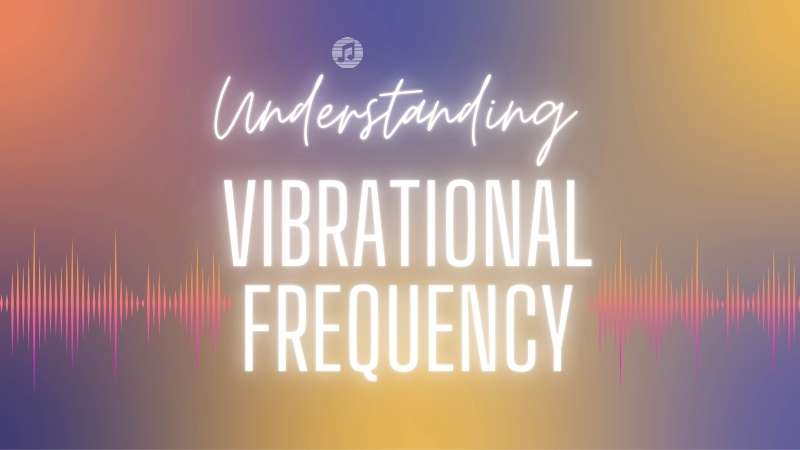
The concept of vibrational frequency is deeply rooted in metaphysics, spiritual traditions, and even modern science. Everything in the universe, including our thoughts, emotions, and physical bodies, operates at a specific vibrational frequency. The Vibrational Frequency Chart helps us see how different emotions and thoughts relate to specific frequencies. These frequencies can affect our mind, health, and overall well-being.
What is Vibrational Frequency?
Vibrational frequency refers to the rate at which energy vibrates. Quantum physics states that everything in existence consists of energy, and this energy moves in waves or vibrations. People link higher vibrational frequencies to positive feelings like love, peace, and enlightenment. Researchers connect lower frequencies to negative emotions such as fear, anger, shame, and guilt.
Dr. David R. Hawkins is a famous psychiatrist and spiritual teacher. He created the Scale of Consciousness. This scale sorts human emotions and consciousness into a range from 1 to 1000. His research suggests that as we elevate our frequency, we experience greater states of joy, wisdom, and enlightenment.
Understanding the Vibrational Frequency Chart
The chart typically consists of a scale that maps various emotions and states of consciousness to specific frequency levels. Below is a general breakdown
Emotional frequency chart?
Emotional frequency refers to the measurable vibration of emotions. Everything in existence, including emotions, has a frequency, and these vibrations can be either high (positive) or low (negative). Higher frequencies are connected to joy, love, and peace. Lower frequencies evoke feelings like fear, anger, and shame.
Low Frequency Emotions – (Below 200 Hz)
These frequencies connect to negative feelings and states. They can drain energy, cause stress, and lead to illness.
vibration energy chart – The Emotional Frequency Scale (Approximate Values)
- Shame (20 Hz): The lowest frequency, associated with humiliation and deep unworthiness.
- Guilt (30 Hz): Leads to self-sabotage and regret.
- Apathy (50 Hz): A state of hopelessness and lack of willpower.
- Grief (75 Hz): Deep sadness and mourning.
- Fear (100 Hz): Causes anxiety and worry about the future.
- Desire (125 Hz): Attachment and craving, often leading to dissatisfaction.
- Anger (150 Hz): A powerful but consuming energy that can lead to destruction.
- Pride (175 Hz): A deceptive state that feels good but lacks true power.
Mid-Level Frequencies vibration chart (200 – 400 Hz)
At this level, individuals start moving toward personal empowerment and positive change.
- Courage (200 Hz): The threshold where power begins; taking responsibility for one’s life.
- Neutrality (250 Hz): A state of balance and non-judgment.
- Willingness (310 Hz): Openness to learning, growing, and adapting.
- Acceptance (350 Hz): Embracing life as it is without resistance.
- Reason (400 Hz): Intellectual and analytical understanding, rationality, and logic.
High Vibration Frequency Chart(500 – 1000 Hz)
These states are associated with spiritual enlightenment, unconditional love, and profound inner peace.
- Love (500 Hz): A transformative frequency that brings healing and harmony.
- Joy (540 Hz): A state of deep happiness, gratitude, and compassion.
- Peace (600 Hz): A profound state of serenity and contentment.
- Enlightenment (700-1000 Hz): The highest states of awareness, non-duality, and divine connection.
How Vibrational Frequency Affects Our Life
Our vibrational frequency influences everything—from our physical health to our relationships, emotions, and even our ability to manifest our desires. Higher vibrational states lead to:
- Better mental and physical health.
- Greater emotional resilience.
- Increased intuition and spiritual awareness.
- Stronger relationships based on love and harmony.
- Manifesting abundance and positive opportunities.
On the other hand, researchers often link lower frequencies to chronic stress, anxiety, depression, and disease.
How to Raise Your Vibrational Frequency
Fortunately, vibrational frequency is not static; we can consciously elevate it through various practices:
1. Meditation and Mindfulness
Regular meditation helps calm the mind, reduce stress, and elevate one’s consciousness.
2. Sound Healing and Music
Listening to high-frequency sounds, like 432 Hz or 528 Hz music, can boost your energy. Tibetan singing bowls and chanting also help harmonize your energy levels.
3. Positive Thinking and Gratitude
Focusing on positive thoughts, affirmations, and expressing gratitude shifts energy to a higher frequency.
4. Healthy Diet and Hydration
Eating fresh, organic, plant-based foods and staying hydrated helps maintain a high-energy body.
5. Connecting with Nature
Spending time in nature, walking barefoot on the earth (grounding), and sun exposure elevate vibrations naturally.
6. Practicing Compassion and Kindness
Acts of love, kindness, and selfless service create a profound impact on our vibrational state.
7. Breathwork and Yoga
Pranayama (breathing exercises) and yoga help clear energy blockages and raise spiritual awareness.
Lowest Vibration Emotion
Dr. David R. Hawkins’ Scale of Consciousness shows that shame is the lowest emotion. It has a frequency of 20 Hz.
People commonly tie this emotion to feelings of humiliation, inadequacy, and self-denial. Many consider it the most crippling emotion because it can lead to isolation, depression, and harmful thought patterns.
The extremely low frequency of shame can adversely affect mental, emotional, and even physical well-being. People entrenched in shame often face challenges with self-worth and may struggle to present their true selves.
To improve how we feel when we are ashamed, we can practice self-compassion, forgiveness, and positive affirmations. Moving from feelings like guilt (30 Hz) and apathy (50 Hz) to courage (200 Hz) helps us feel stronger and heal.
Mood Frequency Chart
The Mood Frequency Chart is a structured guide that categorizes different emotional states based on their vibrational frequencies. It comes from the Emotional Frequency Scale created by Dr. David R. Hawkins.
Researchers measure emotions in Hertz (Hz). Lower frequencies connect to negative feelings like fear and shame. People connect higher frequencies to positive feelings like love and joy.
What is the Human Energy Frequency Chart?
Dr. David R. Hawkins created the Human Energy Frequency Chart. He created the Scale of Consciousness. This scale groups different emotions by giving them specific numbers in Hertz. It ranges from low negative feelings like fear and guilt to high positive feelings like love and enlightenment.
Higher frequencies connect to feelings of joy, love, and spiritual growth. Researchers link lower frequencies to stress, anxiety, and illness.
What is the highest vibration emotions
Emotions that resonate at the highest frequencies are those connected to love, tranquility, and higher consciousness. Spiritual and energy teachings suggest that each emotion possesses its own vibrational level. Below are some of the emotions that vibrate at these elevated frequencies:
– Love: The most potent and transformative force, emanating warmth, connection, and empathy.
– Joy: A state characterized by genuine happiness and thankfulness, often linked to laughter and a light-hearted spirit.
– Peace: A profound sense of inner serenity and acceptance, devoid of stress or conflict.
– Gratitude: Recognizing and appreciating the good in life, which can instantly elevate your vibrational state.
– Compassion: A sincere understanding and kindness toward others, fostering deep bonds.
– Enlightenment: The pinnacle of awareness, where one experiences oneness with the cosmos.
These emotions can elevate your energetic state and draw positive experiences into your life. Practices such as meditation, yoga, sound healing, and mindfulness can help nurture these feelings. Would you like suggestions on how to boost these high vibrations? 😊

